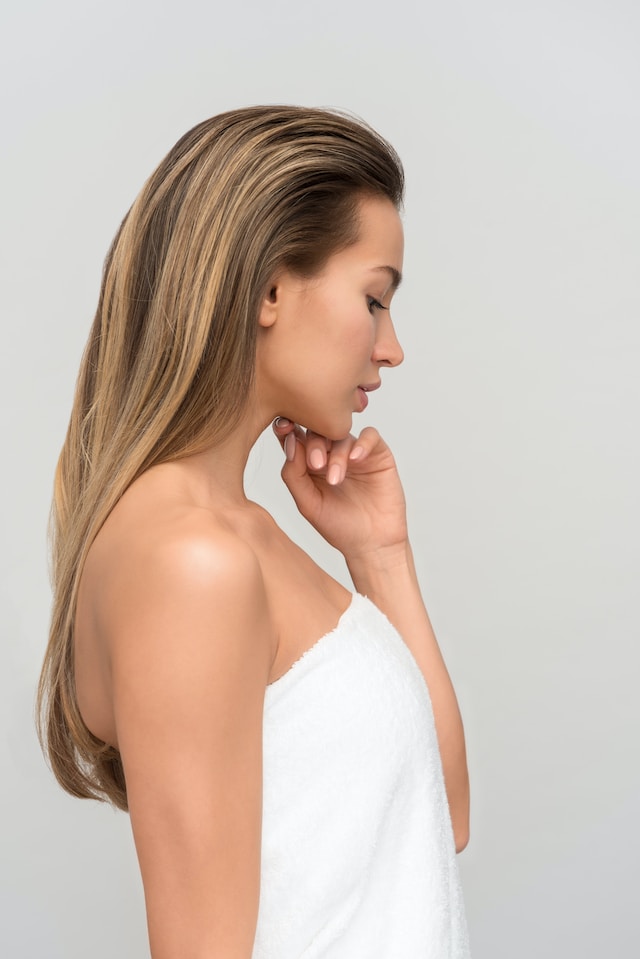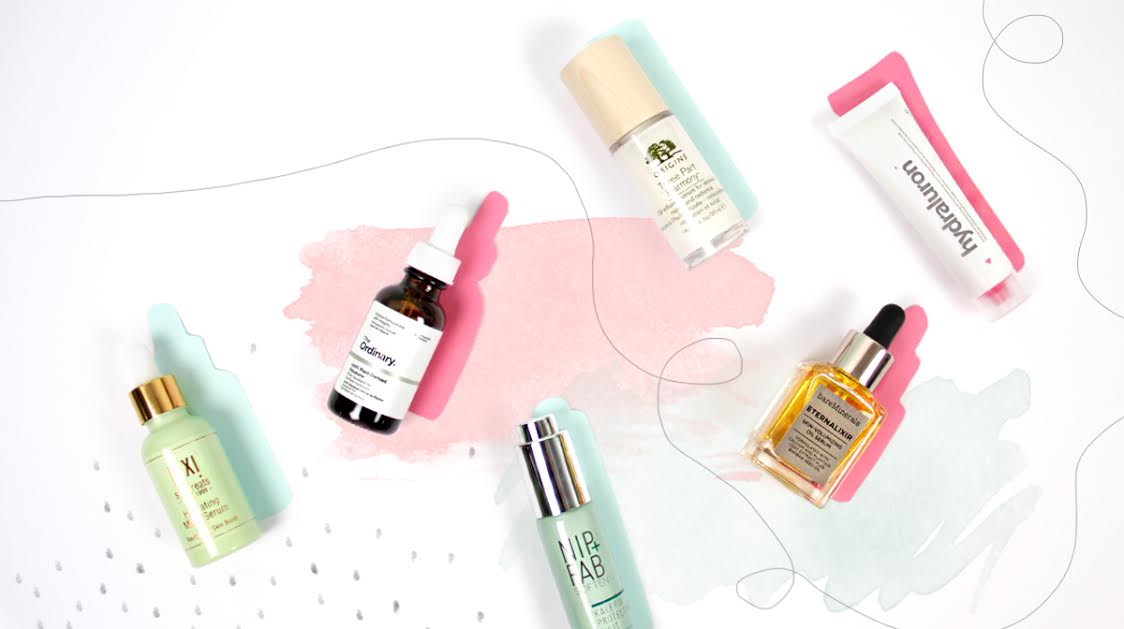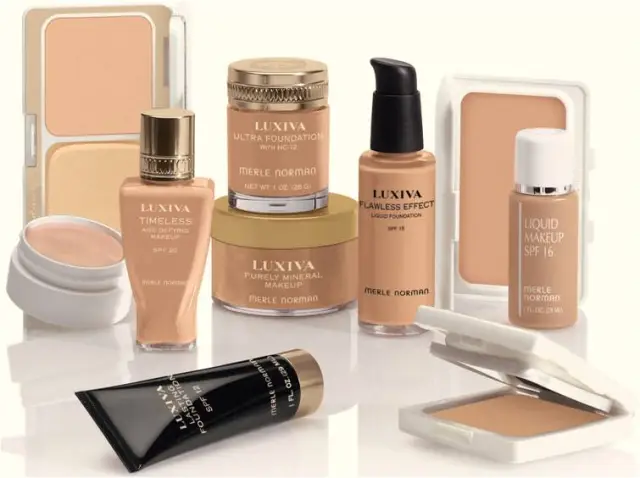Whenever you choose a skincare product, the first thing to do is read its label to confirm if it has the ingredients you need to improve your skin condition. It’s not enough if the advertising claims that their product rejuvenates or minimizes wrinkles. The reason? Not all skin is the same, and not all skin deteriorates or ages in the same way. Some are plagued by blemishes in their 30s and 40s, while others will by sagging, wrinkles, or a dull appearance. Luckily, there’s an active ingredient to tackle every aging sign. However, there’s no product to have them all and fulfill all the functions the skin needs to stay plump. Most times, you’ll need more than one product in your anti-aging routine to ensure you get all the ingredients necessary for healthy skin.
So next time when you buy an anti-aging product, always look if it contains any of the following ingredients.
1. High sun protection
It’s no use layering all the other ingredients if you don’t protect your skin from the sun. Ultraviolet radiation is responsible for 80% of skin aging, so it’s necessary to increase your skin defense against them. The last layer of treatment should always be a broad-spectrum sunscreen with a high degree of protection.
It should be applied before leaving the house and reapplied every two hours if you are outdoors. The broad spectrum protects from UVA radiation (which causes wrinkles and damage to cellular DNA) and UVB radiation (responsible for sunburn). How to recognize them? The SPF indicates protection against UVB (SPF 30 or 50 is ideal), while the word UVA in a circle or PA+++ indicates the filter against UVA. It’s important to protect yourself against the sun’s rays so that you don’t turn 60 and look like a raisin. Remember: sunscreen is the best anti-wrinkle product.
2. Vitamins C and E
Solar radiation and pollution are the ideal breeding ground for the proliferation of free radicals. These perverse agents oxidize our collagen and elastin fibers until they become useless. The consequence: accelerated loss of elasticity and firmness and increasingly marked expression lines. Vitamins C and E are powerful antioxidants, but C also boosts collagen production and lightens blemishes. As vitamin C is formulated with a water-soluble base, oil-free products can be made, which are very effective for oily skin with acne or for those who reject greasy textures. Vitamin E, on the other hand, requires oily bases.
But all that glitters as vitamin C is not gold. For it to be effective at a topical level, it must be at a minimum concentration of 8. Another problem with vitamin C is that it is very unstable and oxidizes easily. Choose opaque airless formats and if it comes in a dropper, pay attention to the expiration date. It usually does not exceed three months after opening. In summary: vitamin C works, but it may cause irritations since it needs to be formulated at higher concentrations.
3. Retinoids
Retinoids are literally good for everything: they smooth wrinkles, mitigate blemishes, refine pores, and stimulate cell regeneration. And at 30, it’s normal to say ‘yes’ to all these problems. Contrary to the urban legend that accompanies it, retinoids don’t make you sensitive to the sun. Still, it does make you sensitive to heat so that if it is applied on a hot summer day, the skin may redden.
Retinol is the most popular OTC retinoid, praised as the gold-standard ingredient of skincare. If retinol doesn’t work for you, you can always go for prescription-strength retinoids such as tretinoin. Tretinoin works more effectively than any other retinoids, but it’s also the most irritant one. Using a rich moisturizer after tretinoin that accelerates cell-regenerating and -recovering is the best thing you can do to make your skin more resistant to retinoids.
4. Resveratrol
Another top antioxidant. This polyphenol (present, among others, in grapes) not only makes it difficult for free radicals to damage your skin cells but also stimulates the formation of our own antioxidant enzymes.
5. Coenzyme Q10
The epidermis naturally produces this antioxidant. But due to sun exposure and age, from the age of 25-30, it is advisable to reinforce it with topical treatments. It’s more affordable than other antioxidants.
6. Niacinamide
At this point in your life, and after many summers roasting under the sun, it is very likely that melanocytes begin to malfunction and to give war-forming spots. Niacinamide or vitamin B3 inhibits the action of tyrosinase, the enzyme necessary for melanin synthesis. If it is not metabolized, there is no stain. At the same time, this vitamin stimulates epidermal cell renewal, resulting in thicker skin.
7. Hydroxy acids
Have you already turned 30? Congratulations. After blowing out the candles, take a look at your skin. Dull? Pergaminate? Acne? Collagen production is starting to falter and, to top it off, the skin layer is not renewed as happily as it was a few years ago. The solution is hydroxy acids, which loosen the ionic bonds of dead surface cells to be easily removed without rubbing.
Now it remains to determine whether alpha or beta hydroxy acids are right for you. Beta hydroxy acids (such as salicylic acid) are perfect for oily or acne-prone skin. Alpha hydroxy acids (better known by their acronym – AHAs – or by their proper name: azelaic acid, glycolic acid, lactic acid, and more) have a more intense exfoliating action but can be somewhat irritating or even sensitizing in the sun.
8. Lipids
After years of searching like crazy for oil-free cosmetics to fight acne, now it turns out that you have to use fatty ingredients. So what’s the deal? Well, your skin produces fewer lipids necessary for a healthy skin protective barrier. This leaves it more vulnerable to external agents. Do you notice that your skin dries out more quickly in winter? The answer is not a lack of water but a weakened skin barrier. Look on the label for ceramides, fatty acids (omega 3, 6, and 9), and cholesterol.
9. Hyaluronic acid
Its most coveted property is to absorb 1,000 times its weight in water, which interprets into incredible moisturizing power. The molecules of this acid literally burrow into the furrows of the skin, capture water, and swell, hence that immediate wrinkle filling effect. It also stimulates collagen production, healing processes, and cell renewal.





